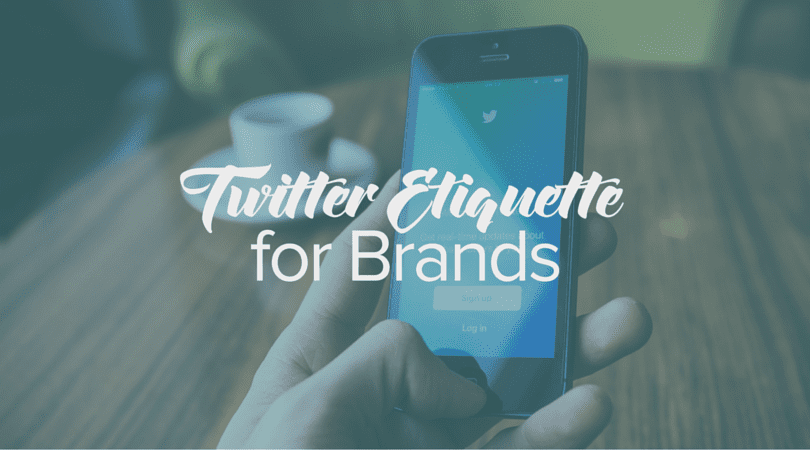Twitter Etiquette for Brands
You’ve done your research, and you know that your potential clients are posting and interacting on Twitter every day. If you’re not already a Twitter user, though, joining the conversation might make you feel like a second grader on the playground waiting to try double-dutch for the first time. You watch the ropes turn around and around, and you just aren’t sure when and how to jump in without, at best, looking silly or, at worst, hurting yourself.
It’s true – social media platforms are constantly evolving, forcing you to stay nimble and adapt as you promote your products and services. However, there are some Twitter rules for brands that will help you jump in, stay engaged, and even enjoy yourself in the process.

Listen as much as you tweet.
Pay attention to what people in your industry are posting. Not only will you stay current on industry news, but you will also see what content gets liked and retweeted. “Listening” to your Twitter feed also gives you the opportunity to interact with top influencers in your market, building relationships and ultimately giving your brand more visibility.
Forget follow for follow.
You don’t have to follow back every time someone follows you. Be discriminating about who you follow. Focus on people who share your interests or are active in your industry. If you always follow back, your Twitter feed will get cluttered up with content that isn’t useful to you, making the platform overall less productive for your business.
Nothing’s shameful about self-promotion, except when that’s all you do.
Social media can be a powerful tool to promote your brand, but first you have to earn the attention and confidence of potential clients. Nothing will get you unfollowed faster than constant self-promotion. A tried-and-true Twitter rule for brands is to aim for 80% of your tweets to contain useful information that will interest your followers. The other 20% should be promotion of your products or services.
Don’t use more than three hashtags.
#A #long #list #of #hashtags clutters up your tweet and obscures the idea you are trying to convey. Instead, think of hashtags like a search term or keyword. If a potential client was searching for information relating to your tweet, what terms might they use? Those hashtags are the ones you want. Remember to add your hashtags at the end of your tweet, not the beginning. A good rule of thumb for your average tweet is to begin with your idea, follow with a link, then add a hashtag or two (or three).
Limit yourself to 120 characters.
Yes, Twitter allows 140, but if you use them all up, there won’t be room for your followers to include your Twitter handle in a retweet.
Show, don’t just tell.
Posts with images always receive more attention than posts that contain only text. Even though an image takes up 22 of your 140 characters, it has far more impact on your post’s visibility than the equivalent amount of text.
Reword your reposts.
Twitter is constantly updating, so there’s a good chance that your brilliant tweet got buried in more than one feed. It makes sense to tweet more frequently than you post on other social outlets such as Facebook or LinkedIn. If you have important content that you want to highlight by sharing more than once, add value by stating the information differently or including new details.
Respect intellectual property.
Of all the Twitter guidelines for brands, this may be the most important. The Internet isn’t a lawless wild west free-for-all where you can appropriate content and share it as your own. If you are sharing someone else’s content, always tag the original poster with their Twitter handle. If you can’t find them on Twitter, use a hashtag to acknowledge that the content is not your own.
Knowing how to use Twitter isn’t enough – you need to learn how to use it smartly. These guidelines for brands will get you off to the right start. Now learn how to create great content to tweet about!

